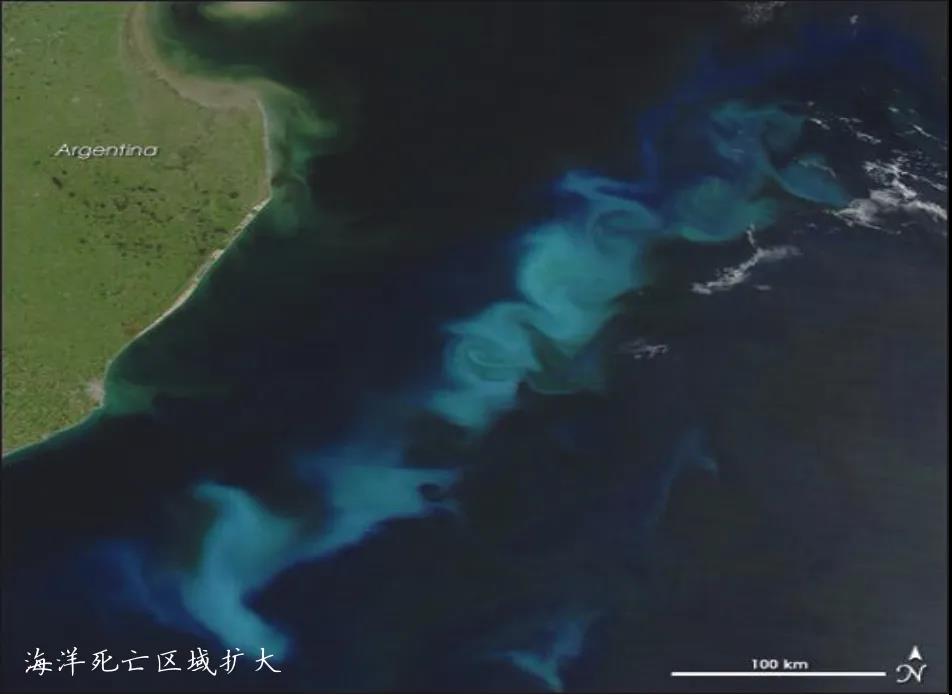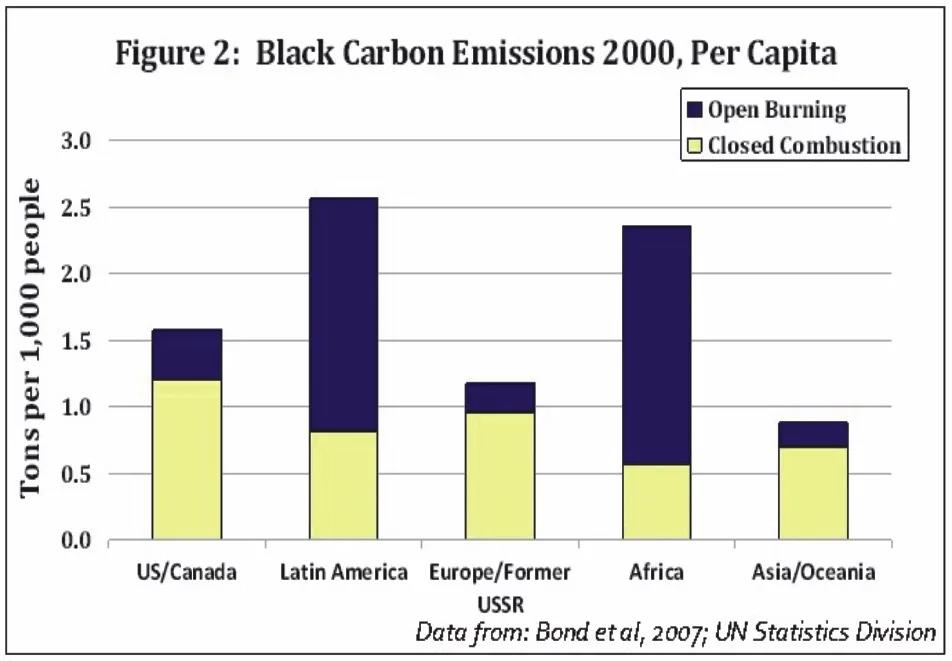


Committed to Sustainable Cities and Human Settlements for All

In Special Consultative Status with ECOSOC
Abstract: The impact of global warming will be devastating. The primary cause is depending mainly on fossil fuels for energy and unconstrained emissions of carbon dioxide. The international community must take positive and comprehensive actions to revolutionize the global energy system and reduce greenhouse gas emissions. Developing countries play an important role in this process. They can take a series of sustainable actions to address climate change while improving the economy, the environment, and the health and welfare of people. In addition to commitments to improve energy efficiency and forest restoration, developing countries can significantly reduce emissions of methane, black carbon, and air pollutants that lead to tropospheric ozone. At the same time, developed countries can demonstrate that a modern economy can prosper with low per capita greenhouse gas emissions.
Keywords: climate change, non-CO2 greenhouse gases, climate protection, emission reduction
The world is warming, sea level is rising, sea ice and glaciers are melting back, permafrost is thawing, ice sheets are losing mass, ranges of plant and animal species are shifting poleward, and, depending on location and time, extreme precipitation is becoming more intense while drought and wildfire are likewise intensifying. There is no question that the climate is changing, and there is no viable alternative to the primary cause of global warming being combustion of coal, oil, and natural gas. Continuing to rely on these fossil fuels for energy and allowing unconstrained emissions of carbon dioxide will surely lead to much more warming, many more impacts, and quite possibly exceeding thresholds that could greatly accelerate the pace of warming and associated impacts.


The Arctic ice sheet has shrunk dramatically in the past two decades, and may soon disappear. (NASA image)
Even if societies around the world could adapt to all of these impacts, the rising atmospheric CO2 concentration is pushing more and more CO2 into the ocean. As this occurs, the ocean is becoming more acidic. The result is that organisms that make their shells and skeletons from the dissolved carbonate are less able to do so. Indeed, the depth in the ocean at which shells and skeletons dissolve is rising toward the ocean surface, especially in the colder waters in high latitudes. But this is a problem as well in lower latitudes, and the CO2 concentration projected for 2050 will cause ocean chemistry to be unsuitable for coral reefs around the world. Thus, not only are the coral atolls that are home to many island nations threatened by sea level rise, but also by the more acidic ocean waters.


Marine dead zone expansion
The world community simply has to take action to halt this destructive onslaught, and many favor taking action. The problem is that roughly 80% of the world’s energy comes from fossil fuels—the only way to cut CO2 emissions to near zero is to completely transform the global energy system, and this will take decades, decades the environment cannot easily withstand.
So, is there no hope? Have we simply waited too long after the first report on this problem went to President Johnson and Congress in 1965? Has all the clamoring about the details of the science not being firm enough cost us the global landscape and coastline on which we all directly or indirectly depend? Are all the conflicts in viewpoint between the developed and developing nations just imitating Nero, playing games while the world starts to burn?
We believe there is still a path through to a world with only modest impacts to the environment and society—but it is a narrow path and the sides are closing in relatively quickly. The world must start acting aggressively and comprehensively to reduce emissions. First, the developed nations, which have relatively high per capita emissions, must make very large reductions in their emissions of CO2 and the other (i.e., non-CO2) greenhouse gases. Without such reductions, there is no chance of limiting global warming to the 2°C (3.6°F) increase over preindustrial that is increasingly being recognized as the threshold for ‘dangerous’ consequences and impacts.
The more challenging question is to define the role for the developing nations, because their contribution to reducing climate change over coming decades has to allow for generation of the additional energy needed to raise their populations out of poverty—basically, if one is not going to survive until next year, it makes little sense to worry about impacts over decades. Fortunately, there are actions that can be taken by developing nations that will both limit climate change and simultaneously improve their economies, their environment, and the health and well-being of their citizens.
The under-appreciated path to climate protection is for the developing countries, in addition to committing to substantial improvement in energy efficiency (which will improve their economic development) and reversing deforestation (which will help preserve valuable soils and biodiversity), to substantially reduce their emissions of the non-CO2 greenhouse gases and climate warming black soot. The non-CO2, and particularly short-lived, greenhouse gases include methane, air pollutants that increase the tropospheric ozone concentration, and black carbon.
Each of these species exerts a very large warming influence on the atmosphere compared to the same mass of emissions of carbon dioxide. For methane the ratio is 22 if integrated over a100 years, but, more importantly, is 75 if integrated over the 20 years when its influence is strongest. Methane (CH4) emissions can be economically reduced by capturing its emission from coal mines (causing explosions if not evacuated), waste treatment, landfills, and the fossil fuel distribution system. Even emissions from agriculture (rice growing, ruminants, etc.) can be substantially reduced. Once captured, methane (chemically equivalent to natural gas) is an energy source, which helps to pay for its capture.
The air pollutants leading to tropospheric ozone include emissions of volatile organics, nitrogen oxides, and carbon monoxide. The largest ozone influence is typically in and around major cities where the more common name for this mixture is photochemical smog. For the health and well-being of their citizens, it is vital that developing nations reduce their high pollution levels, and many are already setting automobile emission standards to do just this. Not only will such actions improve health, but they will also lead to lower costs by improving fuel efficiency and, fortunately, and quite fortuitously, these actions will also help to limit global warming.


Schematic diagram of global temperature changes Photo credit by @ GFHS
For black soot, the case is even stronger. Emissions of black soot are just throwing away unburned fuel, plus they are a very important health threat. With respect to their climatic influence, on a per unit mass basis, black carbon exerts a warming influence hundreds of times as much as CO2; in addition, if the black carbon is deposited on mountain glaciers, melting is accelerated, and so greatly affecting water resources. Cost effective technologies exist to reduce these emissions, as has largely, but not yet sufficiently, been accomplished by the developed nations.




Thus, not surprisingly, although developing nations are generally unwilling to accept hard limits on their overall CO2 emissions as that would relegate their people to a seriously limited standard-of-living, reducing their emissions of methane, ozone-producing pollutants, and, especially, black carbon would substantially reduce the near-term warming influence of their overall emissions and temporarily offset the growth in warming influence caused by their ongoing CO2 emissions. By contributing in this way until the developed countries demonstrate how a modern economy can prosper with low per capita greenhouse gas emissions, the developing nations would be making a very substantial contribution to the partnership that must develop among all nations in order to have a good chance of really protecting the climate.
(This article was contributed by Michael C. MacCracken in 2010.)
Michael C. MacCracken, Chief Scientist for Climate Change Programs, Climate Institute. Dr. MacCracken served as President of the International Association on Meteorology and Atmospheric Sciences (IAMAS) from 2003-2007, and before joining the Climate Institute in 2002 spearheaded the US National Assessment on Climate Change. Both he and John Topping in 2008 received Certificates of Recognition from the Intergovernmental Panel on Climate Change "for contributing to the Award of the Nobel Peace Prize for 2007 to the IPCC."Copyright © Global Forum on Human Settlements (GFHS)
